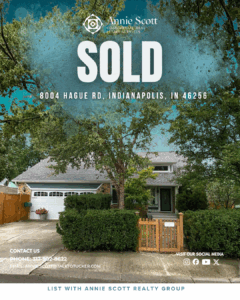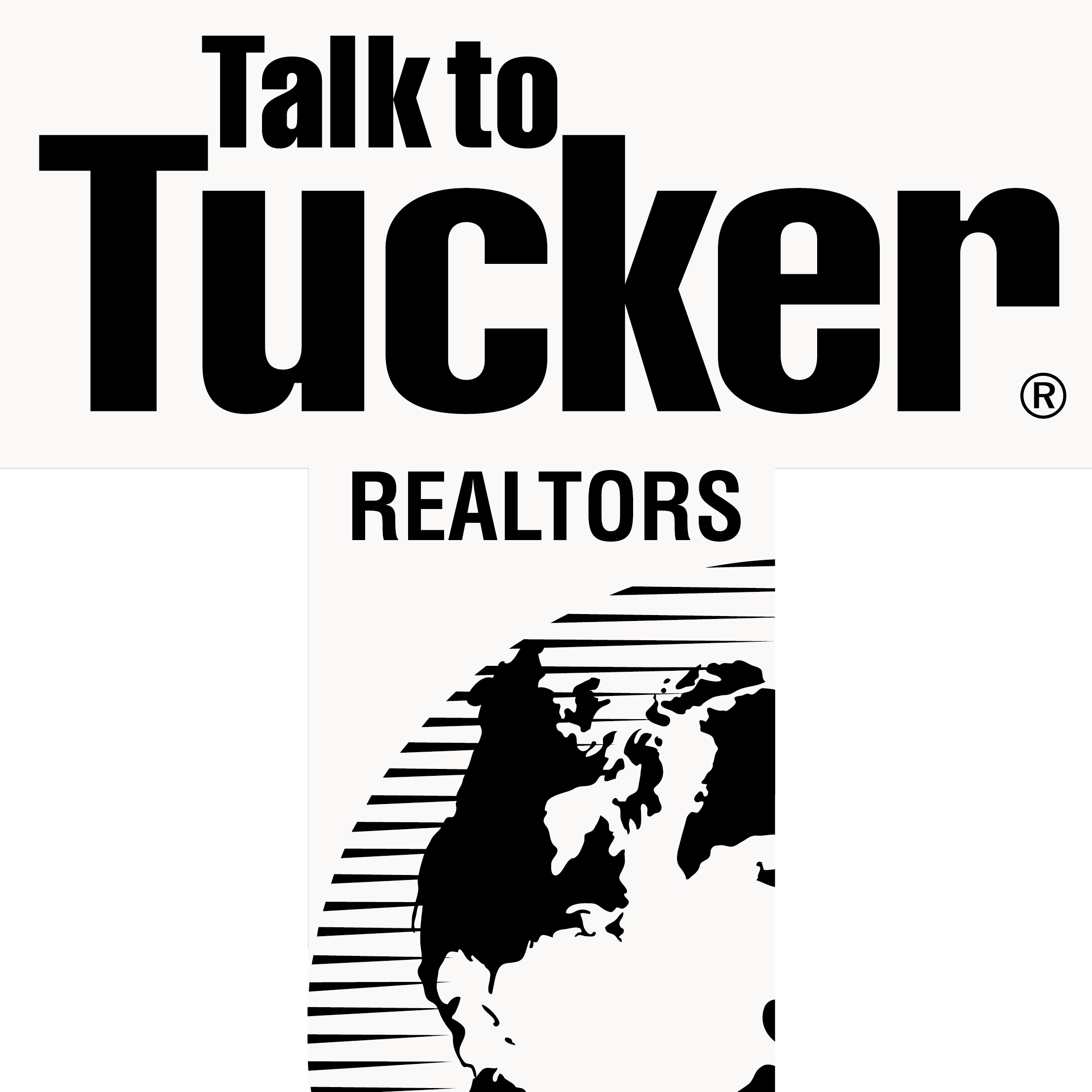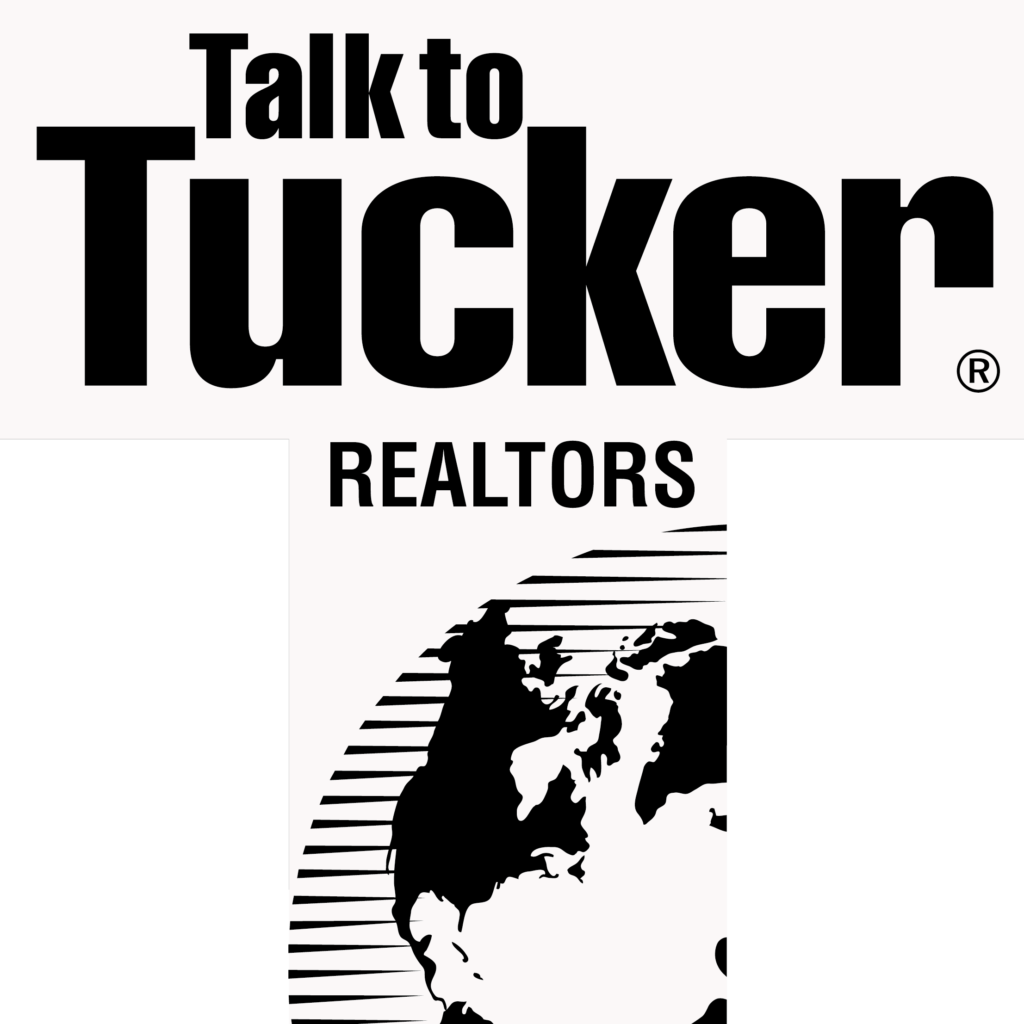
Flipping commercial property

Flipping commercial property is not just about buying low and selling high—it’s about understanding value, timing, design, and the demands of your local market. Done right, a commercial flip can deliver significant ROI in a short time frame. But the process is complex and success isn’t guaranteed.
At Annie Scott Realty Group LLC, I’ve worked with both experienced investors and first-time commercial buyers to execute flips across Indiana. Here’s what separates a profitable flip from a costly lesson.
1. Start with the Right Property in the Right Location
The most important factor in a commercial flip is location—and not just any location. You’re looking for:
- Emerging or transitioning areas (think downtown revitalizations or growing suburbs like Greenfield, Lebanon, or Westfield)
- High-visibility sites near main roads, business parks, or residential growth
- Zoning flexibility, allowing for multiple potential uses
- Properties with poor management, deferred maintenance, or underutilized layouts
These opportunities are often undervalued, but with the right improvements, they can generate significant upside.
2. Run the Numbers—Realistically
Before making an offer, build a clear investment model that includes:
- Purchase price + closing costs
- Renovation budget (build-out, utilities, permits, inspections)
- Holding costs (property taxes, insurance, loan interest, utilities)
- Broker fees and marketing
- Realistic sale or lease price post-renovation
Always plan for contingencies. Commercial projects rarely go exactly as expected, so build in a financial buffer to protect your margins.
3. Know Your End Use—and Who Will Pay for It
The fastest flips happen when investors know exactly who will buy or lease the space after renovations. Ask yourself:
- Is the market hungry for retail, medical, office, or flex space here?
- Are there tenants or users already looking in this area?
- Can you reposition the property to meet that demand?
This is where partnering with a local commercial expert is key. I often work with flippers to pre-market properties during renovation—or to line up end-users before construction is complete.
4. Renovate with ROI in Mind
When flipping commercial real estate, every renovation decision should be strategic. Focus on:
- Curb appeal: signage, parking, landscaping
- Modernizing interiors: lighting, flooring, updated restrooms, ADA compliance
- Functional improvements: HVAC, roof, mechanical systems
- Code compliance: don’t skip permitting or inspections—it will cost more later
Don’t over-improve for the market. Stick to changes that add value and help the property sell or lease quickly.
5. Understand the Permitting and Zoning Process
In Indiana, the timeline and cost of a commercial flip can be heavily influenced by:
- Municipal permitting
- Zoning restrictions or changes in use
- Historical district regulations
- Environmental or site access requirements
Before closing, I help clients perform thorough due diligence to avoid surprises that could delay or derail a flip project.
6. Market the Property Effectively—Before It’s Finished
Don’t wait until the paint dries to start looking for a buyer or tenant. Successful flippers:
- Launch pre-leasing campaigns
- Use site signage to generate interest from drive-by traffic
- List online with professional photos and renderings
- Market to brokers, developers, and local business owners
With the right exposure, you can secure a buyer or tenant before the property is even completed, allowing for a faster exit and greater certainty.
7. Work With People Who Know the Process
A commercial flip is a team sport. You need:
- A broker who understands value-add commercial deals
- A contractor experienced with commercial codes and timelines
- A real estate attorney for contracts, zoning, and sale terms
- A lender who can finance investment-grade commercial projects
With the right people in place, you’ll avoid common missteps and move from purchase to resale with greater speed and success.
Final Thoughts
Commercial property flips can be highly rewarding—but they require expertise, precision, and strong local knowledge. Whether you’re looking at a dated strip mall, an empty office, or a neglected flex space, the key is knowing what to fix, who to target, and how to get it done fast and legally.
At Annie Scott Realty Group LLC, I help investors identify hidden potential, execute efficient renovations, and resell properties at top value across Indiana’s most promising markets.
Ready to flip your first—or next—commercial deal? Let’s talk strategy.
Photo Credit: Luxury Presence
Sources:
- NAIOP – Value-Add and Redevelopment Trends
- Indiana Department of Local Government Finance
- CoStar – Commercial Real Estate Investment Metrics
- Local Zoning Codes – Hamilton, Hancock, Marion, and Boone Counties


